There are many diverse hemp oil alternatives available nowadays, and from the start, they all appear to be identical. Shoppers must pick high-quality CBD oil, as lousy quality CBD may not offer similar medical advantages and can even contain toxins. Nonetheless, hemp oil items generally vary depending upon ingredients, cost, and the kind of CBD they have. Hence, it’s critical to get acquainted with everything before you settle on an item. If you do not have the foggiest idea of distinguishing high-quality hemp oil, this article will help you with your dilemma.
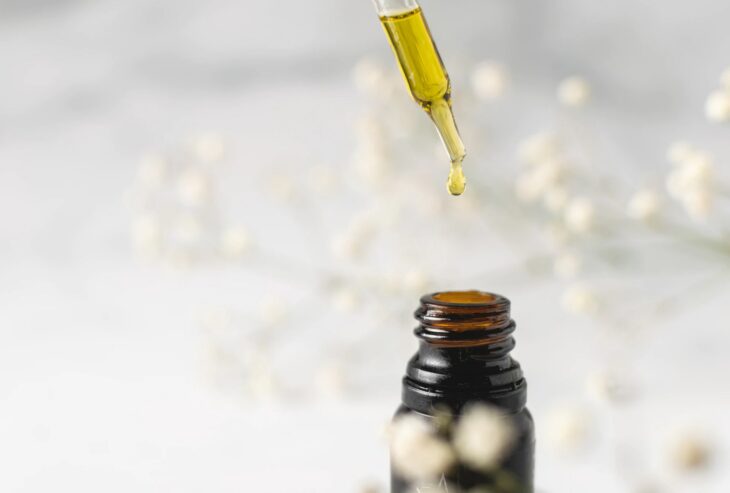
Source: unsplash.com
Contents
1. Read The Label Carefully
Words matter with regards to hemp product labels. Fortunately, a couple of descriptions are regular among top-quality items. Items considered “whole-plant” or “full-spectrum” are not quite the same as CBD isolate or what is frequently alluded to as “unadulterated hemp.”
Percentages for CBD isolate are ordinarily 99% or higher. However, they could be more refined to avoid other particles from the cannabis plant. Other beneficial compounds include terpenes, flavonoids, and other cannabinoids that fuse with CBD to make the oil more effective than those produced exclusively with CBD isolate.
Another significant factor to consider is whether the label says “hemp oil” or “hemp seed oil,” which demonstrates a different item from hemp oil. Hemp seed oil is produced using hemp seeds, which means there is practically zero CBD content. Hemp oil is made using the leaves, flowers, and stalks of the hemp plant—the only parts of the plant where cannabidiol is found.
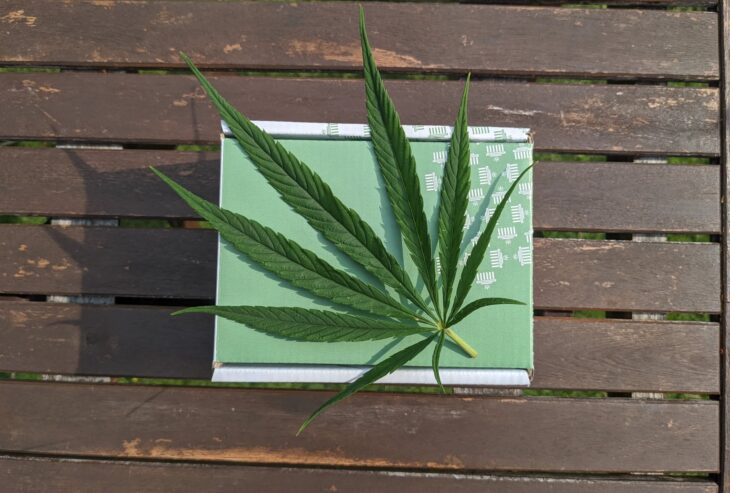
Source: unsplash.com
2. Production And Extraction Of Hemp Oil
While it might take some digging to reveal, discovering how your hemp oil was produced can disclose to you a ton about its quality. A few organizations, particularly the individuals who sell their items at a minimal cost, may utilize problematic techniques while extracting hemp oil, for example, using toxic solvents like propane, hexane, pentane, or butane.
More secure strategies for extracting CBD components include using natural, medicine-grade ethanol or supercritical CO2 extraction, which entails utilizing carbon dioxide under high pressure in a highly cool climate.
Another thing to consider is the place where the hemp was grown. If the plant from which the CBD was extracted were grown in soil rich in nutrients, the product would be beneficial to consume and nutritious. However, if the plant is produced in soil containing hefty metals, similar to mercury and lead, the CBD might be high in toxins.
To find high-quality hemp products for your health needs, check whether the product has been naturally produced to get the most benefits from the item, and visit https://premiumjane.com.au/.
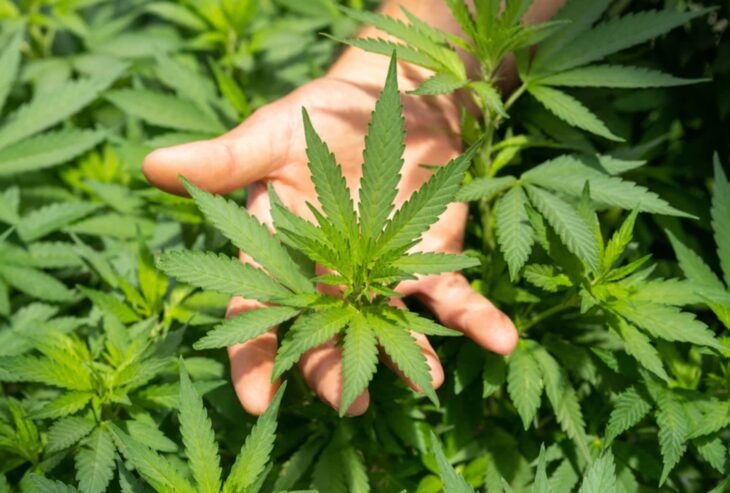
Source: unsplash.com
3. Check The Amount Of THC
Tetrahydrocannabinol, or THC, is one of the cannabinoids present in both weed and agricultural hemp, and it is the substance answerable for giving a psychoactive impact on the body. It is the ingredient that leaves a user with a “high.” The motivation behind why hemp is used over marijuana while making hemp oil results from the former’s inborn low degrees of THC over CBD, making it ideal for hemp oil processing.
Although low, the first amount of THC present in hemp may, in any case, cause a specific degree of psychoactive impacts when mismanaged. Keep in mind that hemp oil is produced using the concentrates of hundreds, even thousands, of hemp plants.
As a result, no matter how minimal the THC’s level is in hemp, it will lead to a high concentration of the compound in hemp oils that have been processed ineffectively.
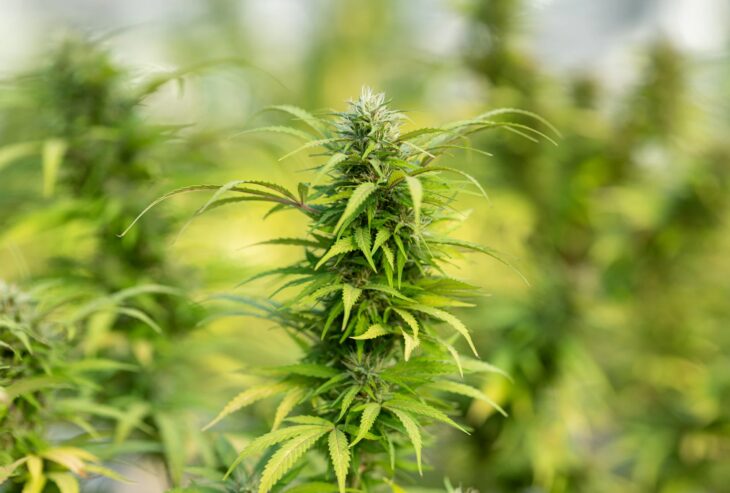
Source: unsplash.com
4. Check The Color Of The Product
Did you know that CBD hemp oil accompanies varying levels of strength and quality? Well, if you didn’t, now you do.
There are three regular sorts of CBD oil-crude, decarboxylated, and filtered. Crude CBD hemp oil is by and large black or dark green, and it is because no other decontamination processes are finished whenever it’s extracted from the hemp plant.
In this way, your oil will involve terpenes, chlorophyll, just as different constituents. Decarboxylated CBD oils, then again, go through the decarboxylation process. The crude material ordinarily contains both THC and CBD as acidic particles. Nonetheless, the decarboxylation process eliminates the sharpness, improving the item’s bioavailability.
Many people devour filtered hemp oil. It includes a light color and frequently goes through decarboxylation and filtration. It eliminates every one of the parts that were extra from the past extraction measure. As such, high-grade CBD hemp oil tastes precisely like cognac or vodka.

Source: unsplash.com
5. Get Some Information About The Shelf Life
Contingent upon the ingredients used in the hemp oil and the materials used to pack it, hemp extract may have a more drawn-out or more limited shelf life. By and large, CBD extracts have a shelf life of about a year, yet that is just under ideal conditions.
Adding pointless flavors or fillers to hemp oil, for example, can decrease its shelf life. That is essential for the explanation; it’s ideal to stay with natural ingredients and simple bases. Moreover, you can lessen your CBD oil’s shelf life by placing it in unfavorable conditions or containers.
Hemp oil oxidizes in daylight, so keeping your CBD oil in a space that gets direct sunlight can make it saturate quicker. Likewise, materials that permit light to go through, like transparent glass, will cause hemp oil to oxidize quickly. To get the most extended shelf life possible, it’s ideal that you store your CBD oil in containers that do not permit light to enter and are stored in darker places.
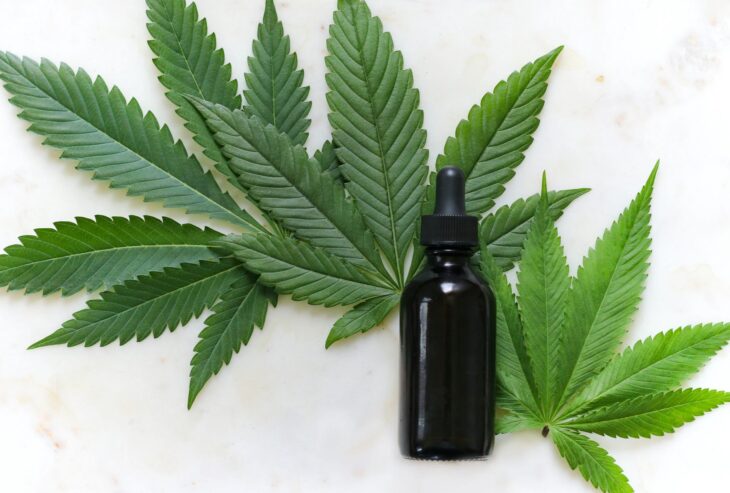
Source: unsplash.com
Conclusion
Try not to take a chance buying hemp oil that doesn’t entail a label describing its contents. A decent item accompanies a complete list of its ingredients, especially the THC and CBD content.
It’s likewise critical to check the color of the CBD hemp oil and where it was sourced from. Whenever you’re through with every one of these subtleties, you can have confidence that you have discovered the top-notch hemp oil that will viably soothe your symptoms.
